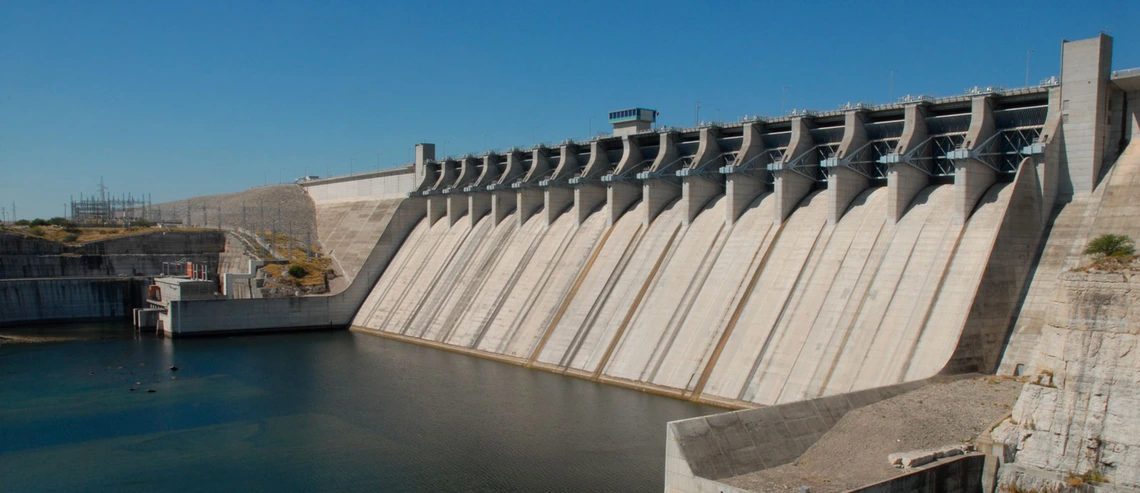New US-Mexico Agreement on Rio Grande Foreseen in Recent Wilson Center Article
Oct. 30, 2020
Image

On October 21, 2020, the Mexico Institute at the Wilson Center released the article “Deadline Looms for Transboundary U.S.-Mexico Water Management: Experts weigh in on the potential for conflict and cooperation.” The deadline in question was October 24, 2020, the date by which Mexico was to meet its Rio Grande water delivery obligation to the United States under the 1944 Treaty between the United States and Mexico regarding Utilization of Waters of the Colorado and Tijuana Rivers and of the Rio Grande. WRRC Director Sharon B. Megdal was one of seven expert contributors to the article, which contains their responses to a series of questions about transboundary water resources. Timed for release just before the important October 24 deadline, the article's first question focused on the Rio Grande conflict: “Without major releases of water before Oct. 24, Mexico will end a 2nd 5-year cycle of the US-Mexico Water Treaty with a water debt, a situation understood by most to be a violation of the treaty. What are the most likely outcomes for this current dispute?” Megdal’s short answer to this question relied on what she had heard from other experts, namely that Mexico was likely to meet its obligation.
In fact, on the very same day of the article’s release, the International Boundary and Water Commissioners signed Minute 325, “Measures to End the Current Rio Grande Water Delivery Cycle Without a Shortfall, to Provide Humanitarian Support for the Municipal Water Supply for Mexican Communities, and to Establish Mechanisms for Future Cooperation to Improve the Predictability and Reliability of Rio Grande Water Deliveries to Users in the United States and Mexico.” This Minute, an official interpretation of the 1944 Treaty, resolves the matter and avoids a treaty violation. It states that Mexico will transfer to the United States a volume of water, stored by Mexico in the United States at Amistad and Falcon International Reservoirs, equal to the volume of water that would be required to avoid a shortfall on October 24, 2020. This very positive development shows how the countries can resolve water matters through the International Boundary and Water Commission, an approach Megdal has advocated.
Also included in the article are expert responses related to management of the binational Colorado River and binational groundwater.
Photo: Amistad Dam, Texas courtesy of The Center for Land Use Interpretation

